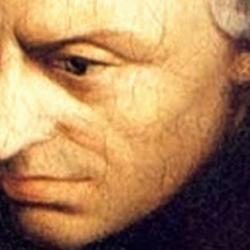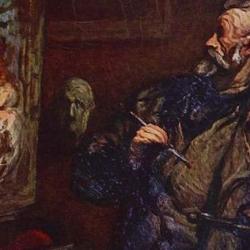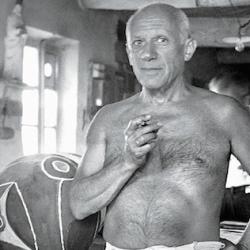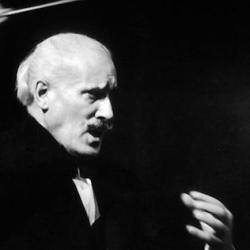In a NYRB review of an exhibition of Cubism at the Metropolitan Museum of Art, Julian Bell links the early cubist experiments of Georges Braque to the impressionism of Cezanna:
“In his artistic researches, Cézanne had been intent to paw at the boundary between his personal visual sensations and the ‘Nature’ (or ‘the real world,’ as we might now say) that he could walk through and handle and inhabit.” Braque claims to go further: “I can go beyond that. I can take a wrench to reality. Look, my brush lays hold on the angled planes of the object world, its facets; look, it locates the edges on which Nature must turn; see me unfasten the presented scene, open it up, seize it by a firm and encompassing grip.”
Bell argues that “this claim is avowedly a feint. It is Braque who is at the further remove from Nature, adapting in the studio what his predecessor had painted en plein air.” Braque may claim to be unfolding nature, but his art is a declaration of independence, not only from nature but from previous Nature-bound art: “The unalikeness of art to Nature might be something Cézanne liked to ponder, alone in the woods of Provence, but for Braque in Paris, submitting the landscapes to the 1908 Salon, art meant the immediate political agenda of staking out independence from Matisse, a campaign in which this canvas formed a skirmish. Besides, could it really be supposed that Nature had authorized this cat’s cradle of edges, this contraption that gives the canvas its dynamism?”















